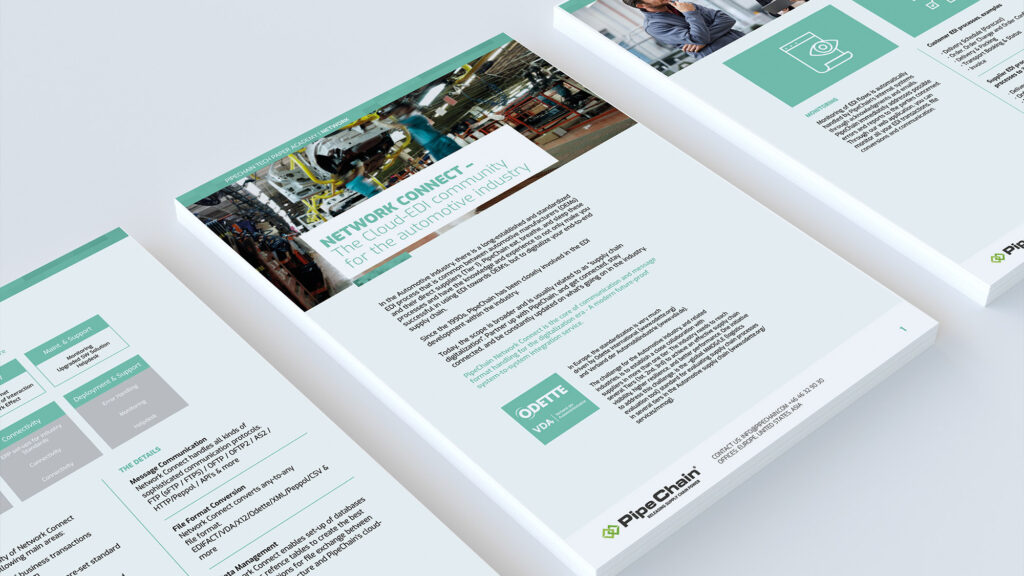
Digital transformation in the Supply Chain
Slow and steady wins the race may be the way to go in many aspects of life, but it is not true in the world of supply chain. A supply chain needs to be both flexible and resilient to quickly adapt and withstand changes to market, pressure from competition and disruptions to the supply flow. Currently, the best way to adapt your supply chain to modern problems are to go digital. But many supply chains are too slow to react to changes and are still working to develop its physical capability foundations required to compete in a modern world. Developing, testing, deploying and scale digital innovation effectively is for many companies therefore a non-starter.
Leading supply chains are succeeding by first developing their foundational supply chain capabilities and then incorporating proven business and technology innovations. By moving beyond exploration to integration and optimization leading supply chain utilize more advanced capabilities to springboard innovative ways of working, new business models, value creation and finally competitive advantages.
To achieve these ambitious goals Gartner have mapped out a three-step plan for supply chain transformation.
-
Embed supply chain in the digital ecosystem by leveraging, sharing and integrations digital technologies and data.
-
Implement autonomous supply chain with the use of higher degrees of artificial intelligence (AI)
-
Synchronize with digital business to create not only a flexible supply chain, but a resilient one.
Insights

If you are interested in learning more about how to create a powerful connected supply chain, here are our latest insights.
Tech papers

To help you get a deeper and better understanding of our solutions and your supply chain, we have developed a number of detailed tech papers on different subjects.
-
Necessary
These cookies are not optional. They are needed for the website to function. -
Statistics
In order for us to improve the website's functionality and structure, based on how the website is used. -
Experience
In order for our website to perform as well as possible during your visit. If you refuse these cookies, some functionality will disappear from the website. -
Marketing
By sharing your interests and behavior as you visit our site, you increase the chance of seeing personalized content and offers.


